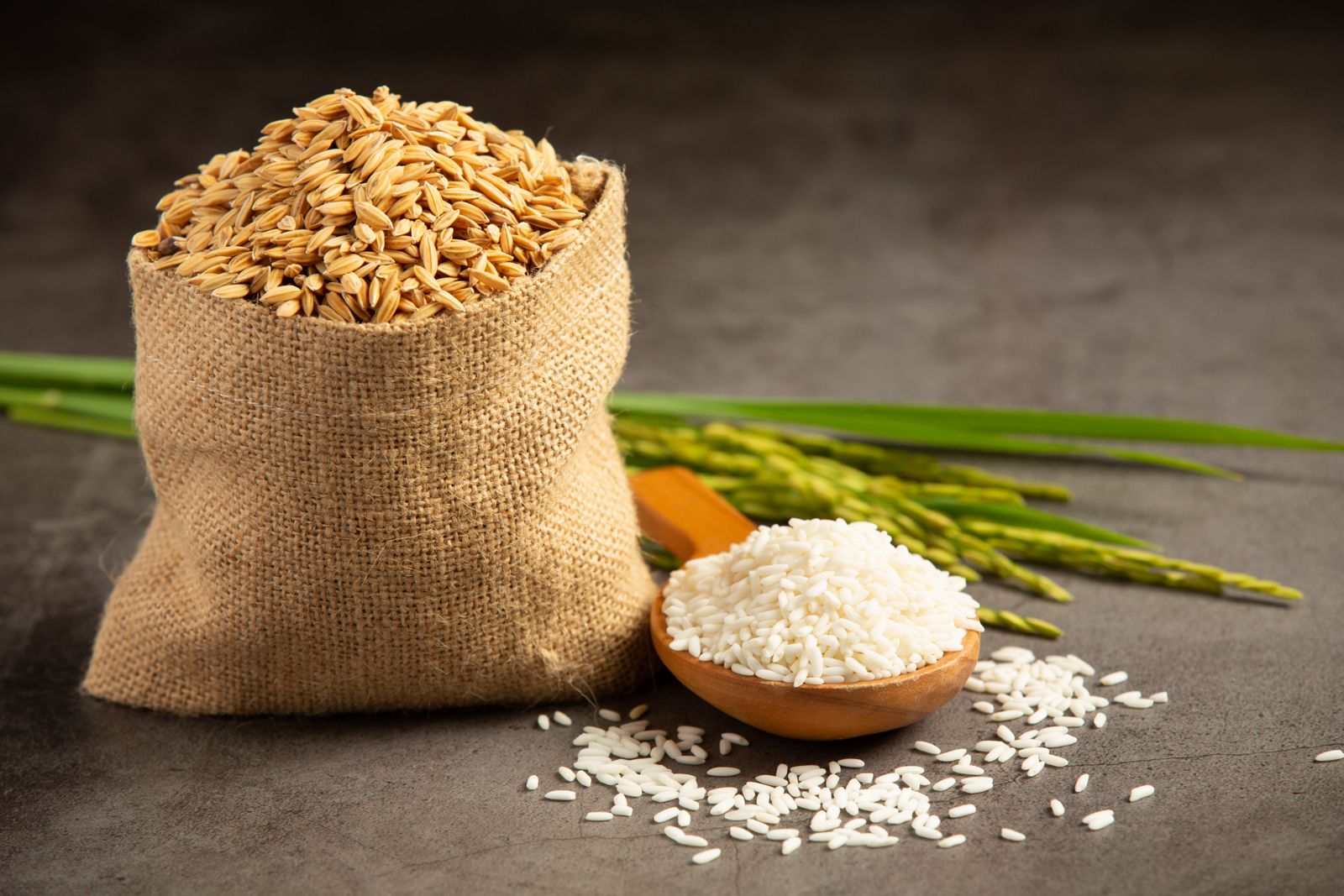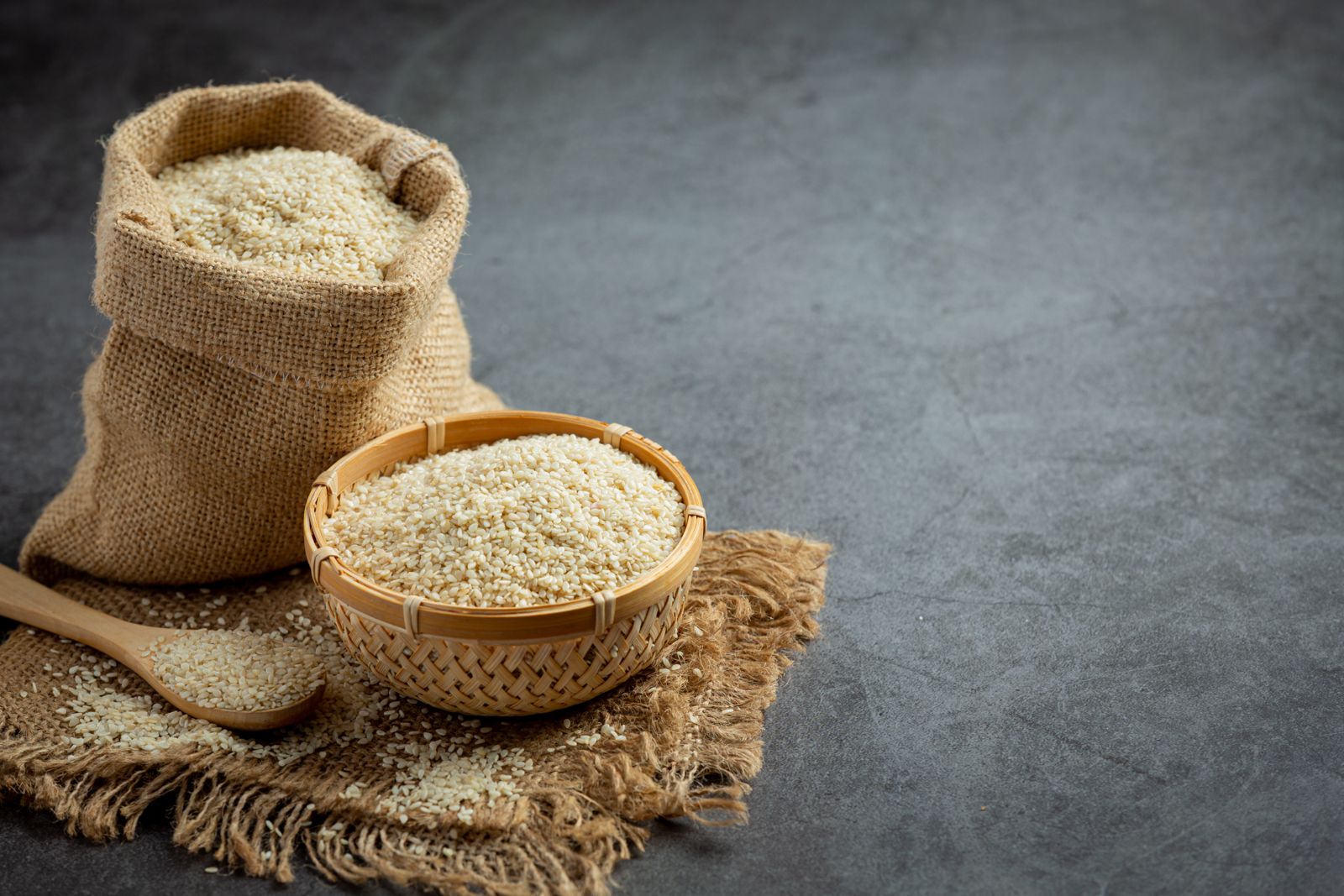The sharp rebound in paddy output this year seems to have given India’s grain-based ethanol programme a new lease of life. Last week, the Centre more than doubled the quota of rice that the Food Corporation of India (FCI) can sell to ethanol distilleries to 5.2 million tonnes from the earlier cap of 2.4 million tonnes. This is a policy U-turn from two years ago when the government had to ban the diversion of FCI rice to ethanol after dwindling stocks risked a price spiral.
No doubt, the supply situation today is a far cry from what it was in July 2023. The Agriculture Ministry’s third advance estimates peg India’s rice production for 2024-25 at 149 million tonnes, up from 136-137 million tonnes in the previous two years. FCI carried rice stocks of about 37 million tonnes in its warehouses in June 2025 compared to 26 million tonnes in June 2023. Current FCI rice stocks are nearly three times buffer stock norms. However, comfortable supplies alone cannot be good enough reason to divert a widely consumed foodgrain for fuel.
The use of rice to meet India’s fuel blending targets is problematic on several counts. For one, grain-based ethanol distilleries are wholly reliant on subsidised FCI supplies to meet their output targets. FCI has been incurring an economic cost of ₹41.73 per kilogram towards procurement and storage of rice. It is supplying rice to ethanol plants at just ₹22.5 per kg. The Centre has, in fact, had to slash the sale price from ₹28 per kg in January 2025 after distillers complained of the price being unviable. Since FCI’s losses are directly funded by the government, the subsidy is effectively borne by taxpayers. Two, purchases of rice-based ethanol by Oil Marketing Companies (OMCs) are not driven by commercial considerations either. To encourage the ethanol economy, OMCs are required to lift fixed quantities from distilleries at government-determined prices.















